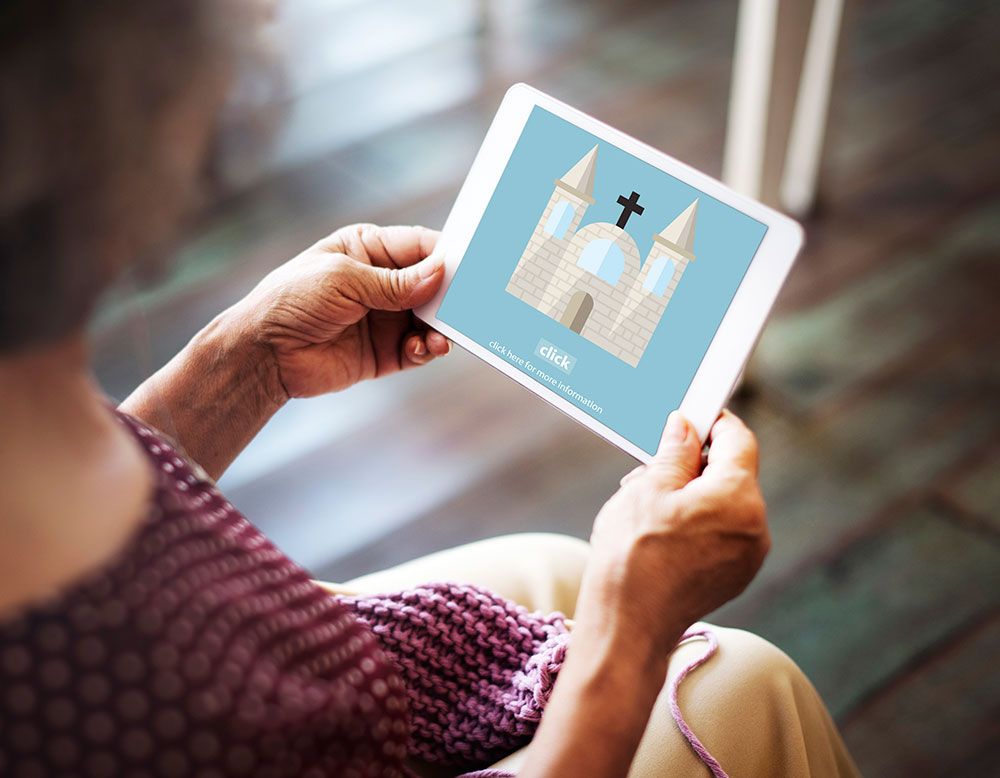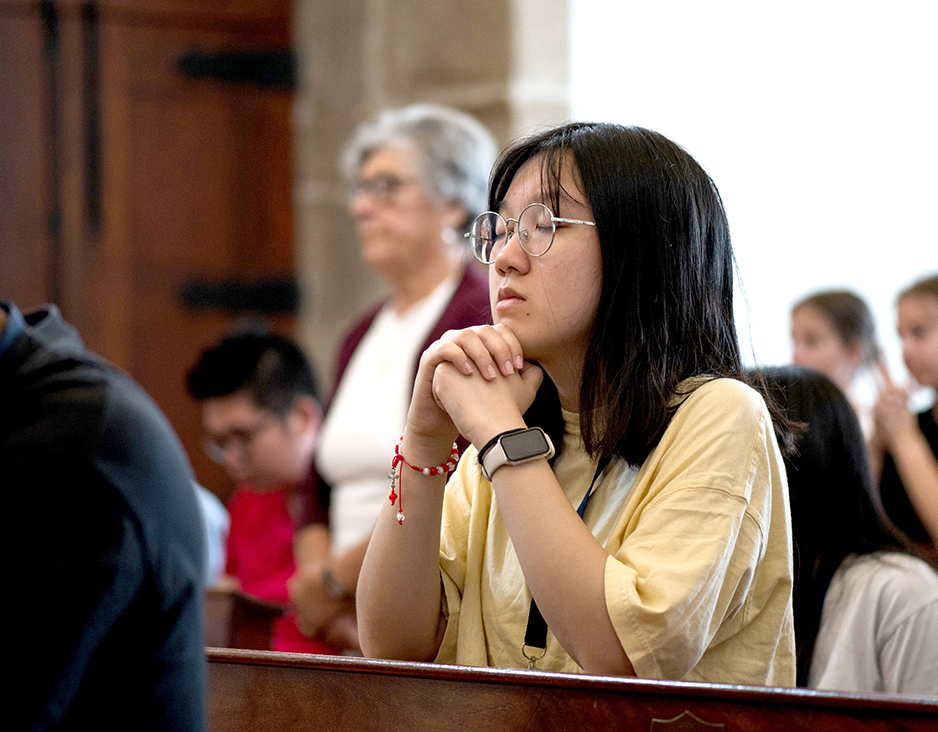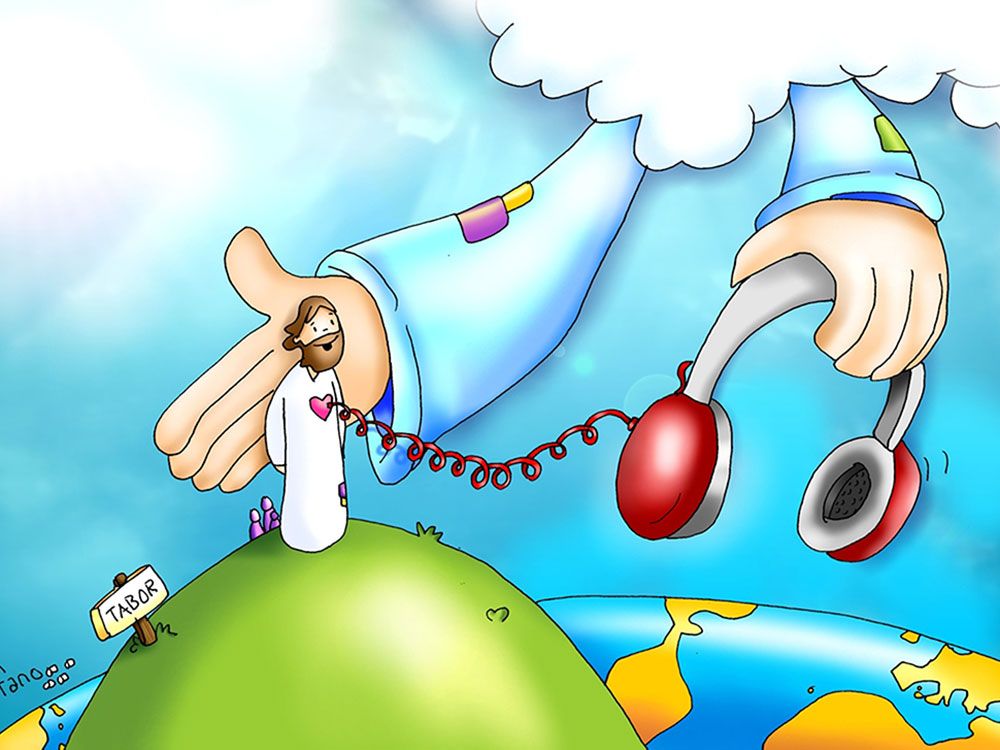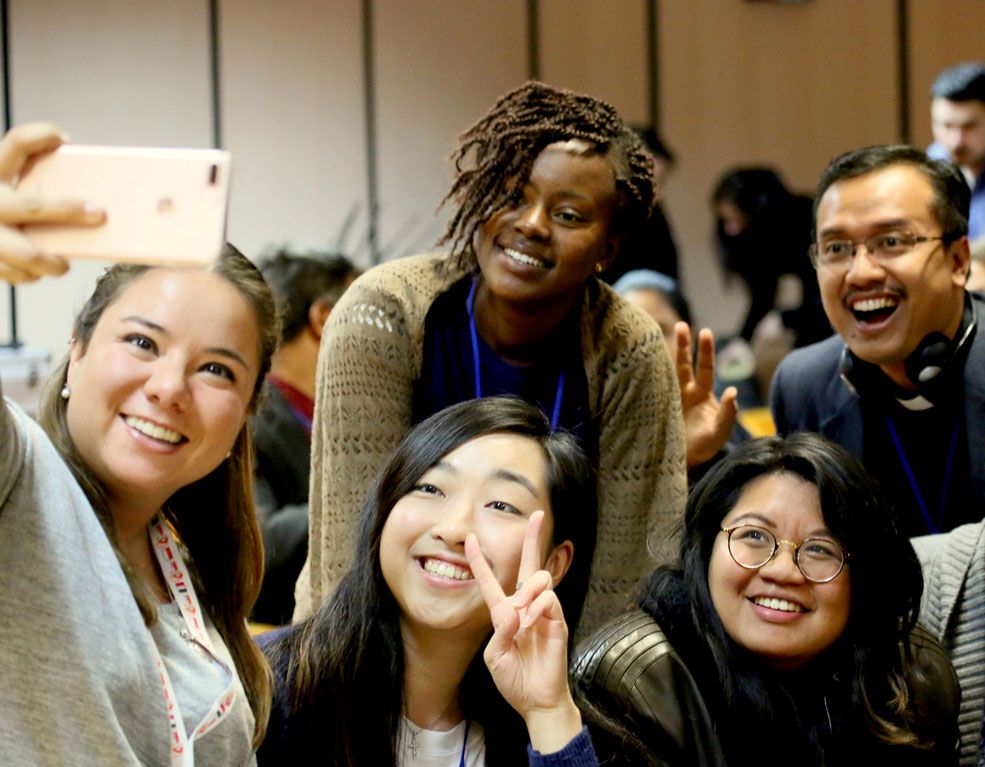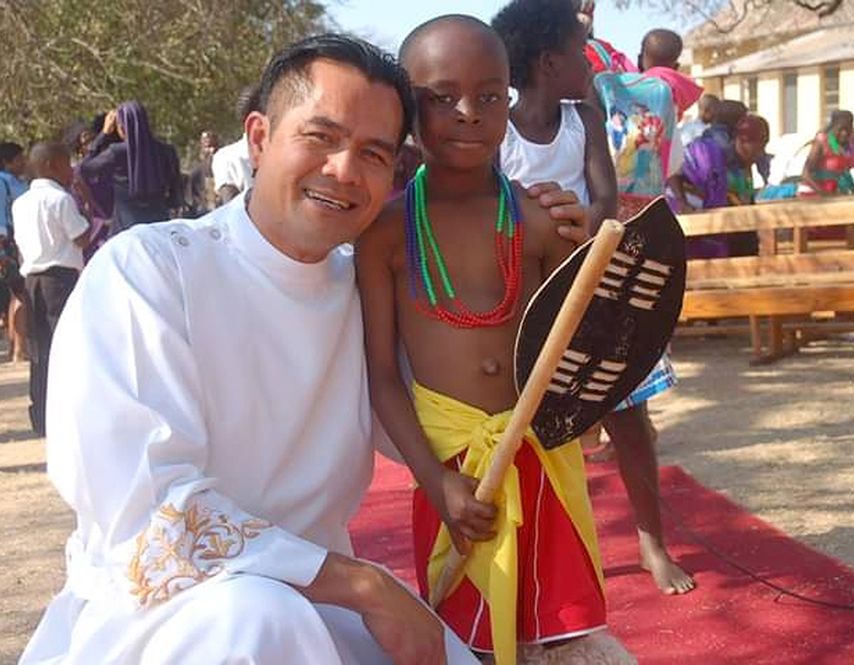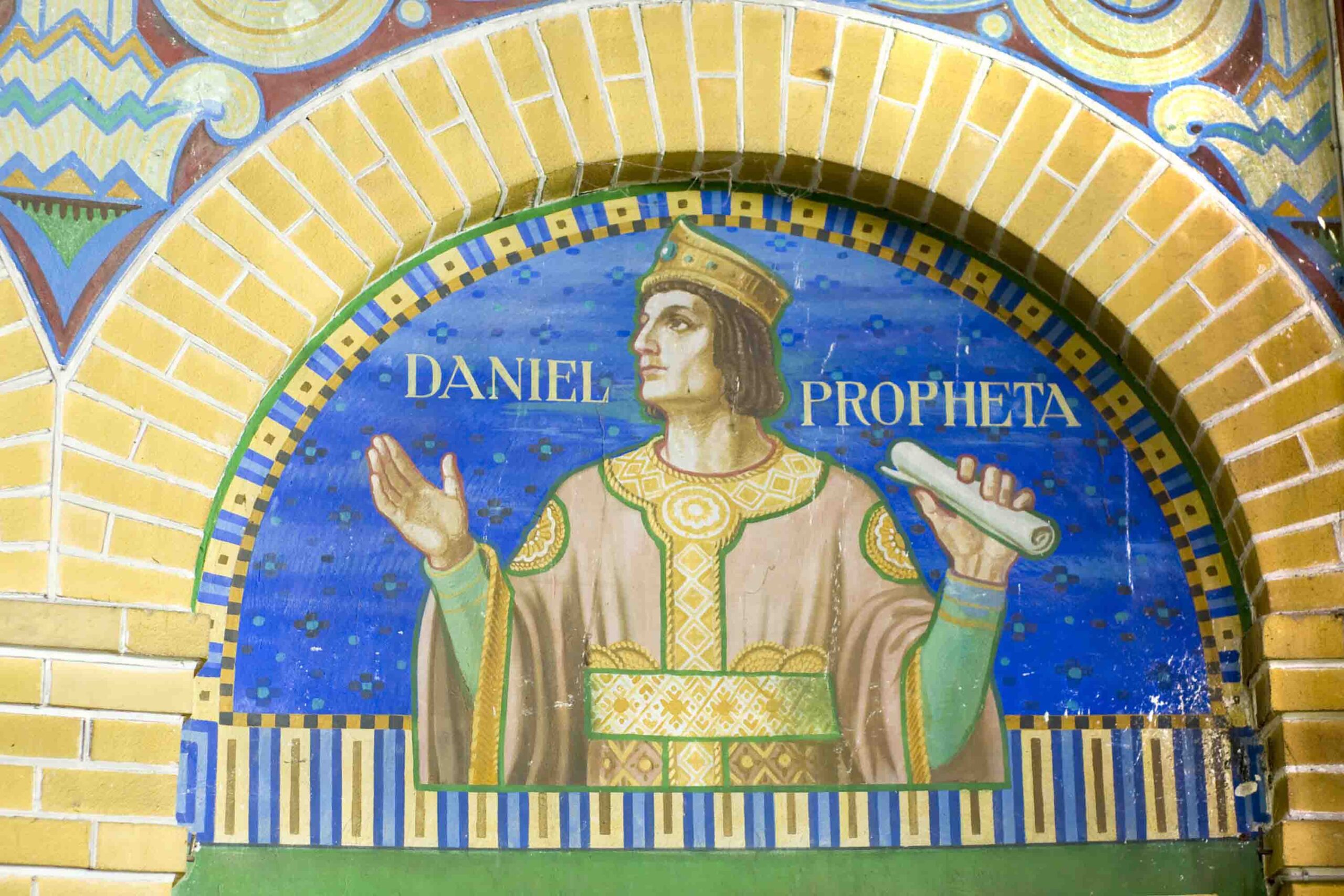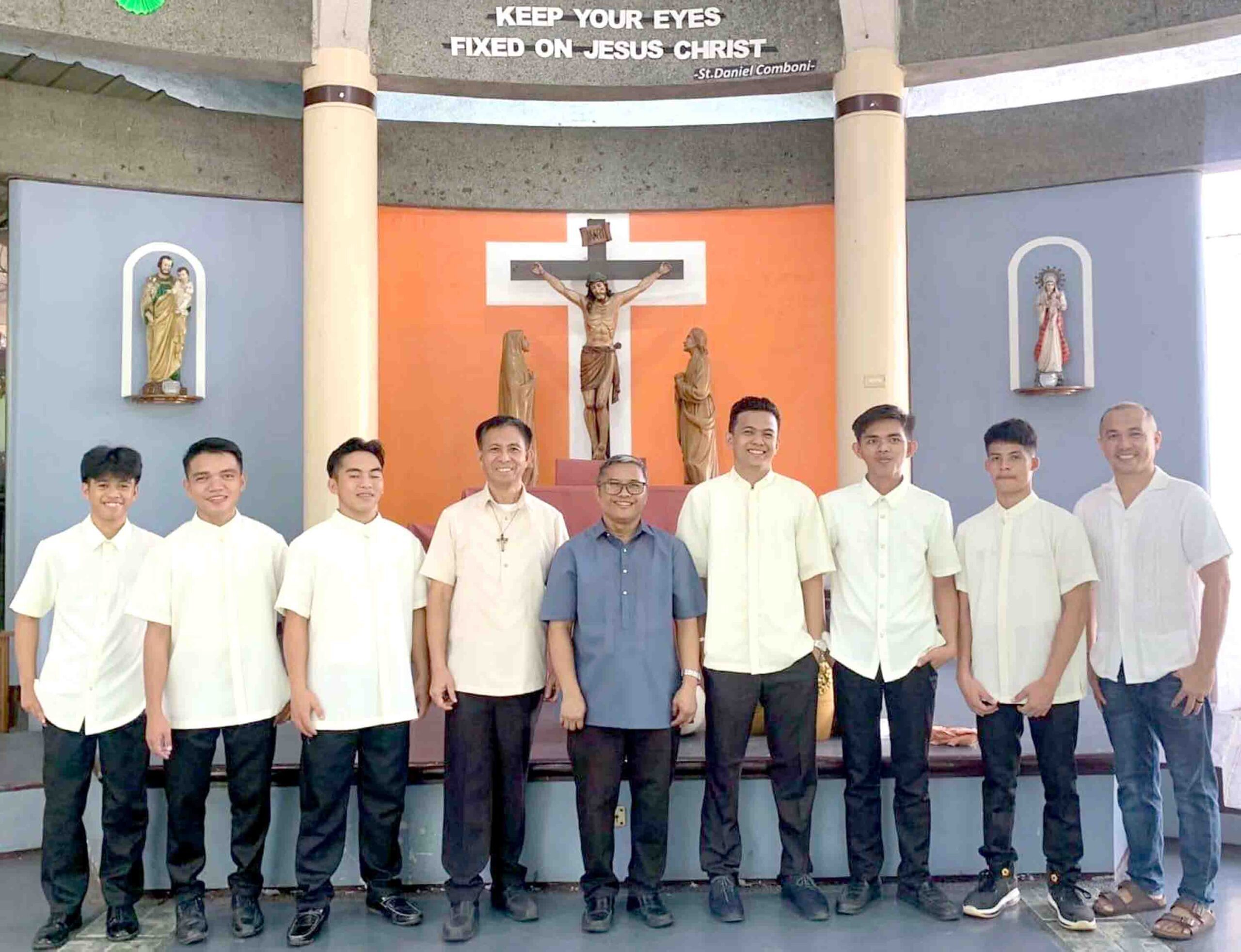We always think of vocation as something that gradually becomes a great palace where we want to live in throughout our lives. While it is true that this is the effect of a fulfilled and abundant life, it is no less true that this idea can lead to countless frustrations when difficulties and obstacles to vocation arise. The palace of vocation is at another level; I would say that it is comparable to the palace that can be seen in Emmaus.
Unlike other places in the Holy Land, Emmaus does not have a visible castle. If we think about it, this castle has existed and is perpetuated in the hearts of the disciples who, walking with Christ and inviting Him to their table, recognize Him in their lives.
St. Daniel Comboni, the founder of the Comboni Missionaries of the Heart of Jesus, tells us of the absence of physical construction in Emmaus and reminds us not only of the beauty of the palace of the heart after the encounter with Christ but also of the truth of a discerning and assumed vocation.
This happens “just as after the passion and death of Jesus Christ followed the resurrection” (S. Daniel Comboni, Writings, n. 1798). Thus, to think idyllically of one’s vocation is to risk wanting to arrive at Easter morning without going through Good Friday.
Just as Jesus takes on His vocation and, by giving up His life, becomes life for all mankind, so each one’s vocation follows the same path: that of giving up one’s life (through daily, often difficult decisions) to reach life in abundance for oneself and for the humanity around us. It is not a question of ‘having to die’, but rather of giving up one’s life which leads to the fullness of existence.
It will be wrong to think that one can live life without making choices. On the contrary, life is, at every moment, lived through the choices we make. So, as far as vocation is concerned, it is the same; all choices are, however, oriented towards the same end — that is, an ever new beginning of a life lived to the fullest.
From Lenten Life To Risen Life
The first challenge of vocational discernment is undoubtedly the passage from “I cannot do this if I want to achieve that” to “I can do this to achieve that.” In terms of writing it almost looks the same, but in everyday life the situation is very different. In the first case, it seems that we are condemned to prohibitions; in the second, what moves us is a greater hope.
If we think about it, this is the dynamism of the Lenten journey towards Easter. This can be seen both as a period of deprivation and fasting as well as a joyous path of hope towards salvation and triumph over all suffering. In the face of difficulties, St. Daniel Comboni also reminded that “after Calvary comes the resurrection” (Writings, n. 4338), thus preventing discouragement from undermining and destroying the full experience of vocation.
A rose without thorns is not a rose! Similarly, we cannot dream of the authentic experience of vocation if we refuse to accept the challenges and obstacles that we will inevitably face.
The beauty of the vocation shines in the midst of difficulties and leaves no room to doubt that “the works of God have always been born and grown at the foot of Calvary and must follow, like Jesus Christ, the path of passion and death to reach the resurrection.” (Writings, n. 5726)
To think of vocation this way can seem daunting. But are there paths of life free from obstacles and setbacks? And if there are not, is it not worth living them (and overcoming them!) in the struggle for what we long to be, in the struggle for our full realization of life? To live life adrift is to refuse to live the joy of the resurrection. A life not spent at the service of others, spent only to please everyone is a life without any glimpse of authenticity.
The Paschal Time Of Vocation
Another illusion we often create is that at any given moment in our life all vocational discernment is done and the experience of vocation is a “bed of roses.”
It is important to keep in mind that discernment takes place throughout life, as we are called every day to say “yes” to the experience of vocation. On the other hand, we must not forget that if this experience is a “bed of roses,” it is also inevitably a “sea of thorns!”
Let us not be frightened by this, as all options of life always carry some suffering. But… will nothing change with the experience of vocation? Will not the Paschal time bring anything new about Lent? Calm down! Let us not close our hearts to hope and full life in God.
What happened after Jesus’ resurrection? What was the new life that the disciples wanted to embrace? If we are to be pessimistic, we can simply look at the countless persecutions and the large number of martyrs that followed Easter.
However, in a more realistic view of the facts, we cannot deny the apostles’ triumph and fullness of life. They did not have an easy life after the Ascension but they were able to live in the light of the hope of the Risen Jesus who remains among them, even though they do not see Him. The power of the Risen One erupted in their lives and became a triumphant life and weapon in the face of adversity.
To this day the lives of the apostles continue to mark our existence and our walk of faith, not because everything became easier when they embraced their vocation, but because by embracing God’s dream, everything became possible.
Sign Of Resurrection
For St. Daniel Comboni, the cross was the mark of God’s work, the mark of the true vocation that is realized. He said this, not because he was driven by a masochistic desire for suffering and death, but as a way of underlining the hope that death and suffering do not have the last word in God’s ways.
Somehow the difficulties themselves point to the authenticity of a happy life. Take, for example, the situation of a woman when it comes to being a mother: the suffering of childbirth fades at the joy of having a child in her arms. What mother could say that she would rather not have her child so as not to suffer the pains of childbirth? Rather, the time of childbirth is feared and desired, not for the suffering it entails, but for the joy it produces.









